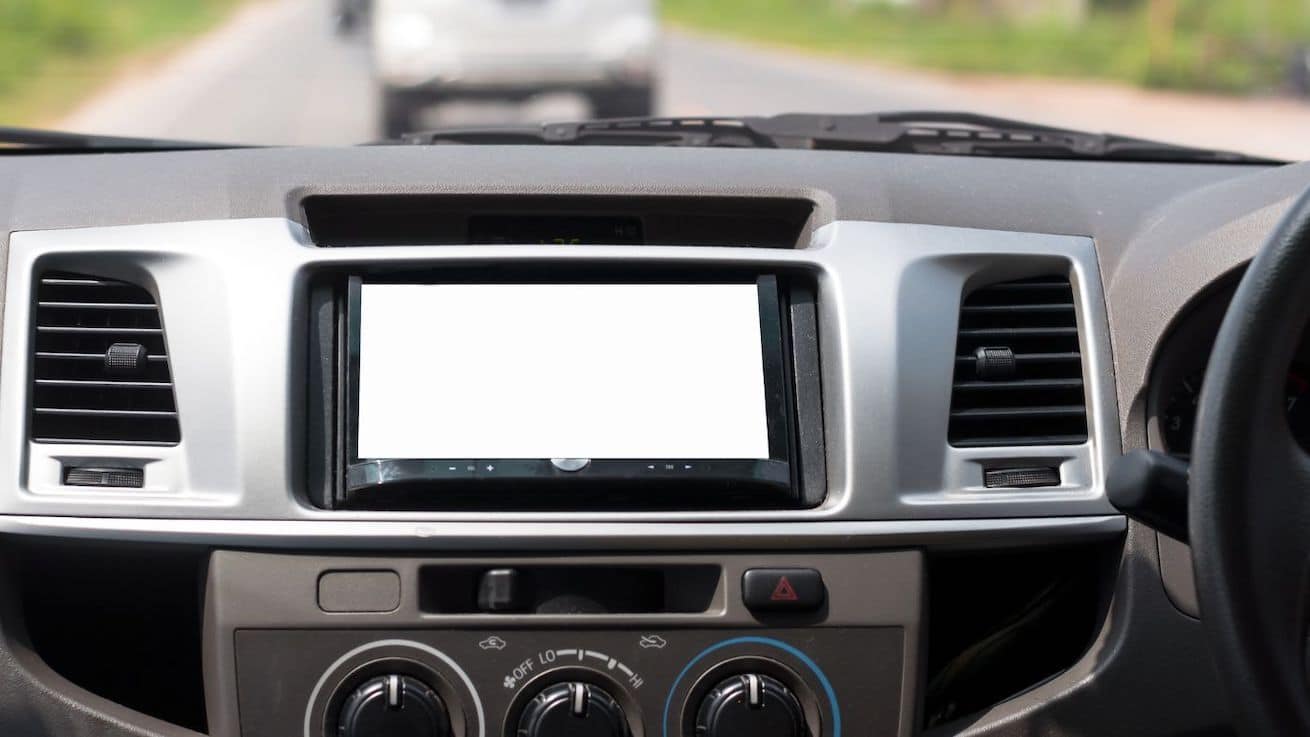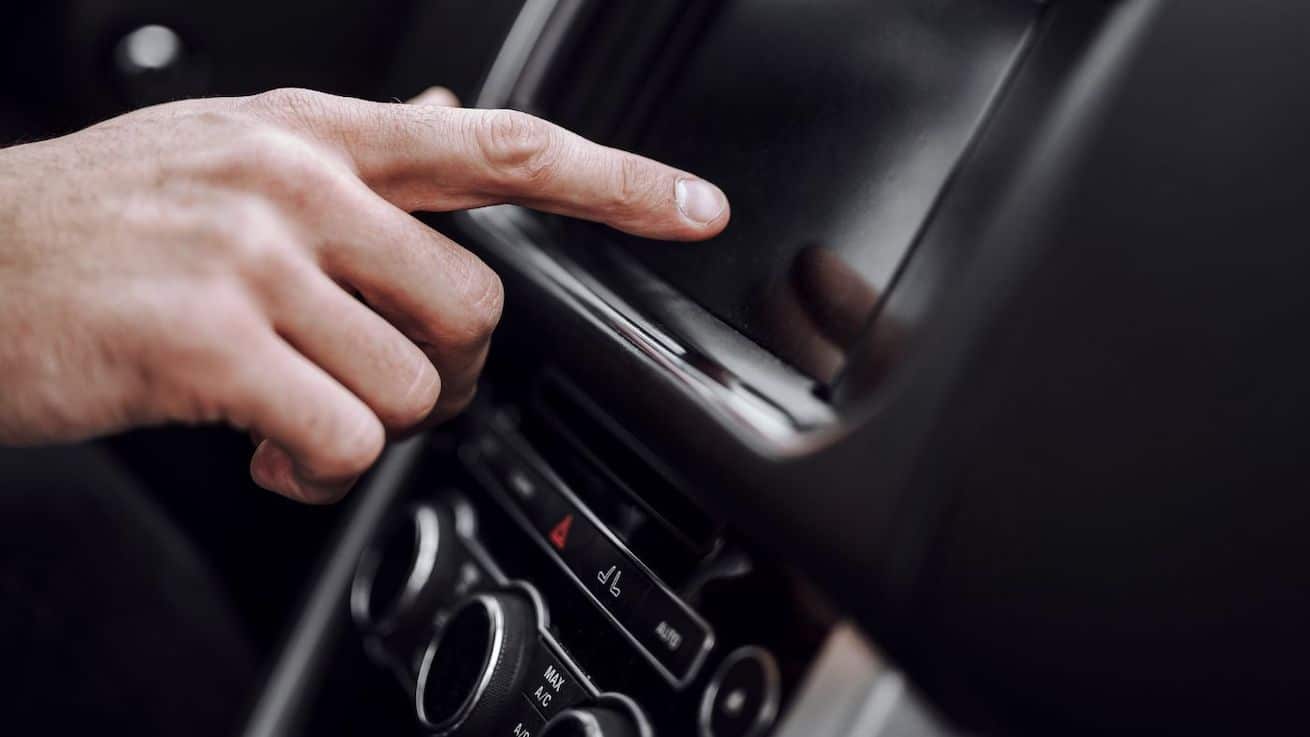Why Is My Hyundai Android Auto Not Working? – Ultimate Guide
Why is Your Hyundai Android Auto Not Working? There could be several reasons for such technological mishaps including outdated system software, inappropriate connectivity options used, malfunctioning USB cable, faulty ports, or even compatibility issues between the smart device and the vehicle’s infotainment system.
It is crucial for drivers to perform routine software updates, not only for Android Auto but for the vehicle’s software too; this can often rectify many operational problems. Additionally, reviewing the connection set-up guidelines and confirming smartphone compatibility can verify whether the driver is using suitable devices and settings.
The use of faulty or inappropriate USB cables should also be avoided while ensuring the functionality of USB ports is necessary. This comprehensive guide intends to provide assistance to Hyundai drivers facing difficulties with Android Auto, suggesting troubleshooting steps to lead to swift and efficient resolution of the prevalent problem they are experiencing.
What Can Cause My Hyundai Android Auto to stop working?

Several factors could contribute to your Hyundai Android Auto ceasing to function. The issues can range from faulty USB cables or connectivity issues between your phone’s Bluetooth and the car system.
Considering the vital function this system provides in enabling usage of smartphone applications within the car, it’s paramount that we understand the root of these issues and offer comprehensive troubleshooting guidance.
Additionally, intermittent internet connectivity or incorrect configuration of the app could also lead to its dysfunction. Here are some of the common Android Auto problems you are going to face:
Compatibility Issues With Android Auto
Does my car support Android Auto? Android Auto has been increasingly subjected to compatibility concerns, impacting its usability and user satisfaction negatively.
These problems span from connection discrepancies with certain phone models to incompatibility with specific car manufacturers. Such issues impede the seamless integration of mobile technologies into automobile systems anticipated by users, which warrants immediate address al from the relevant stakeholders.
USB cables Are Poor Quality
The issues you’re experiencing with Android Auto might be directly attributable to the inferior quality of your USB cables. Poorly constructed cables can lead to data transmission errors and power supply issues, considerably hindering the performance of Android Auto.
High-quality cables can ensure stable communication and optimal functionality of the system. USB hubs and cable extensions for most Samsung phones are very poor quality. So if you are having trouble connecting new cars to android auto it is best to start by checking the USB cables.
Your Android phone is not supported
The persistent issues you are experiencing with Android Auto may be primarily attributable to the unsupported status of your Android phone. Verify with your phone manufacturer to see if they will be releasing any updates.
Incompatibility or lack of updates could be causing these operational interruptions, as certain software functionalities necessitate a compatible and updated Android system for optimal performance and seamless execution.
The USB Port that is connected is not working
Faulty or incompatible USB ports may lead to a myriad of problems when trying to use Android Auto. These connection issues often arise when the quality of the port is insufficient or when the port does not meet the correct specifications for the device, hindering efficient data transmission and affecting overall functionality.
How can I troubleshoot Hyundai Android Auto that is not working?
If you’re experiencing problems with Hyundai’s Android Auto functionality, there are several systematic troubleshooting steps you can undertake. Ensure your phone runs Android 5.0 (Lollipop) or higher, as Android Auto is not compatible with older versions.
Additionally, verify that the Android Auto app is installed in your device, and it’s updated to the latest version. Frequently, connection issues could arise from faulty or incompatible USB cables. Therefore, consider testing with different cables to see if the problem persists.
You may also need to check your vehicle’s compatibility with Android Auto, since not all Hyundai models may support it. In case issues prevail, the solution might lie in clearing the app’s cache or data, or even uninstalling and reinstalling the app.
Checking if your Hyundai car supports Android Auto
To determine if your Hyundai vehicle is compatible with Android Auto, I would recommend consulting your car’s user manual, or visiting Hyundai’s official website. Therein, you will locate comprehensive lists and guides specifying which models and production years support this functionality.
Restarting your Android phone and Android Auto app when it’s not working
If your Android Auto application is not functioning properly, it is advisable to reboot your Android smartphone. By executing a system restart, you can often rectify minor software glitches that may hinder the optimal operation of your applications.
In addition, reopening the Android Auto app post restart might restore its proper functionality. You might have to do some work to get your Android Auto working on your car again.
Ensure your USB cable is working properly
It is imperative to verify the functionality of your Universal Serial Bus (USB) cable. Conduct regular physical assessments for any signs of damage and ensure it connects appropriately to your devices.
Moreover, a faulty USB cable can significantly hinder data transfer capabilities and interrupt device charging, leading to potential data loss or hardware issues.
Should there be issues with Android Auto on your infotainment system, a reset might be necessary. Please first navigate to the Android Auto settings menu, then select the ‘System’ option, followed by ‘Reset’. Confirm to initiate the action. This will eliminate any previously connected devices.
Allow the system to fully restart without interruption-this typically rectifies any existing Android Auto abnormalities. Open google maps on your phone to verify if your Android auto app is working properly. You may have to activate wireless android auto on the paired car settings of your aftermarket receiver.
How can I ensure my Hyundai Elantra’s Android Auto operates optimally?

To ensure that your Hyundai Elantra’s Android Auto operates at optimal performance, it is vital that you regularly conduct updates on both your vehicle’s infotainment system and your smartphone. This ensures compatibility and maximizes functionality.
Moreover, utilize a high-quality USB cable for connection, as substandard cables can compromise data transfer. If issues persist, perform a factory reset on your Android Auto or consult with a technician. Ongoing maintenance and periodic checks are essential for optimal operation of Android Auto.
What phones have the best compatibility with Hyundai Android Auto?
The integration of Android Auto in Hyundai vehicles offers a safe and secure way for drivers to use their smartphones while driving. Various phones meet the standard for Hyundai’s Android Auto compatibility, but Google Nexus, Google Pixel, Samsung Galaxy, and Motorola phones are considered the most compatible.
These phones possess the requisite processing power and software aspiration for Android Auto’s car mode supported by Hyundai, promising regulators an uncompromised smartphone experience on the vehicle’s infotainment system. Therefore, owners should consider these phones for optimal compatibility.
How do I turn on my Hyundai Android Auto?
To activate Android Auto on your Hyundai vehicle, start by connecting your Android device to the car’s USB port using a decent cable. Next, on your Hyundai’s touchscreen, select “Setup”, then “Connectivity”, and finally, choose “Enable Android Auto”.
Consequently, Android Auto should start automatically when your vehicle is running and your Android phone is connected. It is vital to make sure the Android Auto app is updated to the latest version on your device for the smooth functioning of this feature.
Benefits of Using Android Auto App In Multiple Cars
Utilizing the Android Auto application across multiple vehicles offers remarkable benefits. This advanced app delivers a safe and effortless driving experience by integrating Google Assistant and providing streamlined access to popular mobile applications.
Whether using it for navigation, answering calls, or streaming music, the user-friendly interface requires minimal interaction, promoting safer driving. Moreover, since it’s compatible with most modern vehicles, transitioning its use between cars is a seamless process.
F.A.Q
How do I clear cache on Android Auto?
In order to clear the cache on Android Auto, you must navigate into the settings on your Android phone. Once there, look for the ‘Apps & Notifications’ section and select the ‘Android Auto’ application. Once inside the application settings, choose the ‘Storage & Cache’ option.
This will present you with the choices to ‘Clear Storage’ or ‘Clear Cache’. Tap on ‘Clear Cache’ to delete temporary files that are not essential for the application to run. This action can help enhance the performance of Android Auto on your device.
Why is Android Auto stopping?
Android Auto may cease operating due to a number of plausible reasons. One leading cause could be the incompatibility between your vehicle and the application. The app might also be outdated, hence interfacing issues. In other instances, the USB cable connecting your device and the car could be functioning improperly.
Also, your car’s infotainment system may lack the necessary update prompting the hitch. Lastly, a malfunctioning or poorly running app on your smartphone could be hindering Android Auto’s functionality. Therefore, it’s crucial to diagnose and address these issues promptly.
How do I get the new Android Auto update?
To obtain the new Android Auto update, first ensure that your device possesses the latest version of the Google Play Services. Then, update the Android Auto app itself from the Google Play Store. In the case of an in-car head unit or stereo with Android Auto compatibility, you must verify its software version.
Sometimes, firmware in such devises needs to be updated to render them compatible with new Android Auto updates. Meticulously follow through with alerts your device provides with regard to any available updates.
Can You Connect The Android Auto Wirelessly?
Yes, it is indeed possible to connect Android Auto without a wire or cord. This feature, known as wireless connectivity, allows users to establish a connection between their Android device and the corresponding system in their car, utilizing Wi-Fi.
It eliminates the necessity for a tangible connection, thereby enhancing the convenience of using Android Auto. However, this feature is only available on select models of cars and phones. Thus, it is imperative to check your device’s compatibility before attempting a wireless connection.
Last Updated on: March 16, 2025

